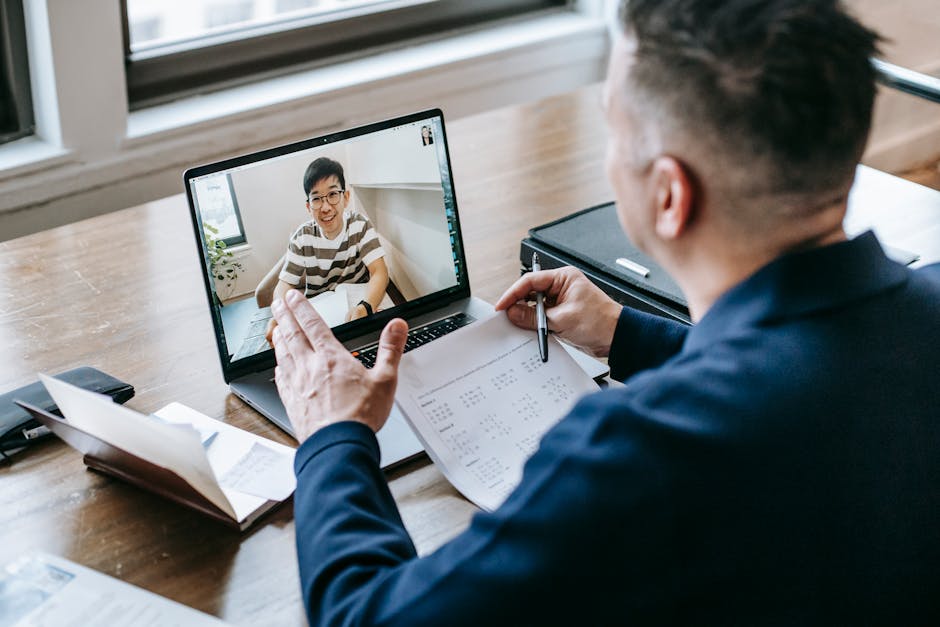The Art of a Job Well Done: Navigating the Modern Workplace
“In an era marked by rapid changes in workplace culture, understanding what motivates employees and how to enhance job satisfaction is crucial for leaders. This article delves into the latest trends affecting job fulfillment, the significance of recognition, and practical tips for creating a more engaged and productive workplace. ”

The landscape of the workplace is undergoing a transformation, with terms like "quiet quitting" and "career cushioning" becoming part of our everyday vocabulary. Amidst these shifts, a fundamental truth remains: the satisfaction derived from a job well done is a powerful motivator. This article explores the essence of job satisfaction, the impact of workplace culture changes, and strategies for leaders to foster a more engaging and productive work environment.

The Core of Job Satisfaction
Recent surveys reveal that the satisfaction of accomplishing work tasks is not just about pride but is deeply tied to an employee's sense of purpose and fulfillment. A staggering 63% of employees cite the act of doing good work as what makes their job worthwhile. This insight is pivotal for leaders aiming to enhance workplace engagement and productivity. Recognizing and celebrating achievements, no matter the scale, can significantly boost morale and motivation.
Navigating Workplace Culture Shifts
The transition back to the office has been met with mixed feelings, revealing insights into what employees value and fear in the evolving work landscape. Trust, productivity, and the role of physical presence in the office have emerged as key themes. Interestingly, 94% of workers believe their managers trust them to work from anywhere, yet there's a noticeable preference for in-office work when it comes to trusting colleagues to complete tasks. This dichotomy highlights the importance of fostering a culture of trust and transparency, regardless of where the work is done.
The Role of Teamwork and Visibility
The shift towards valuing teamwork over individual performance underscores the need for collaborative workspaces. Managers and leaders should prioritize activities that enhance team cohesion and collective problem-solving, especially in a hybrid work model. Furthermore, with economic uncertainties looming, office visibility has taken on new importance. Being present in the office is perceived as a way to secure one's job, making it essential for leaders to communicate the value of in-person collaboration clearly and effectively.

Strategies for Enhancing Job Satisfaction and Engagement
- Celebrate Achievements: Regularly acknowledging both individual and team successes can create a positive feedback loop, encouraging further excellence and engagement.
- Build a Trusting Environment: Whether employees are in the office or working remotely, fostering a culture of trust and accountability is crucial. Transparent communication and fair evaluation criteria can help bridge any trust gaps.
- Encourage In-Person Interactions: While remote work has its benefits, there's undeniable value in face-to-face interactions. Leaders should facilitate opportunities for in-person meetings, training, and team-building activities to strengthen work relationships and collaboration.
- Focus on Learning and Development: Providing employees with opportunities to learn and grow within the company can significantly enhance job satisfaction. This includes not only formal training programs but also mentorship and on-the-job learning experiences.
In conclusion, as workplace culture continues to evolve, understanding and addressing the factors that contribute to job satisfaction and engagement becomes increasingly important. By recognizing the value of a job well done, fostering a culture of trust and collaboration, and prioritizing employee development, leaders can navigate the challenges of the modern workplace and create a more fulfilling and productive work environment for all.
